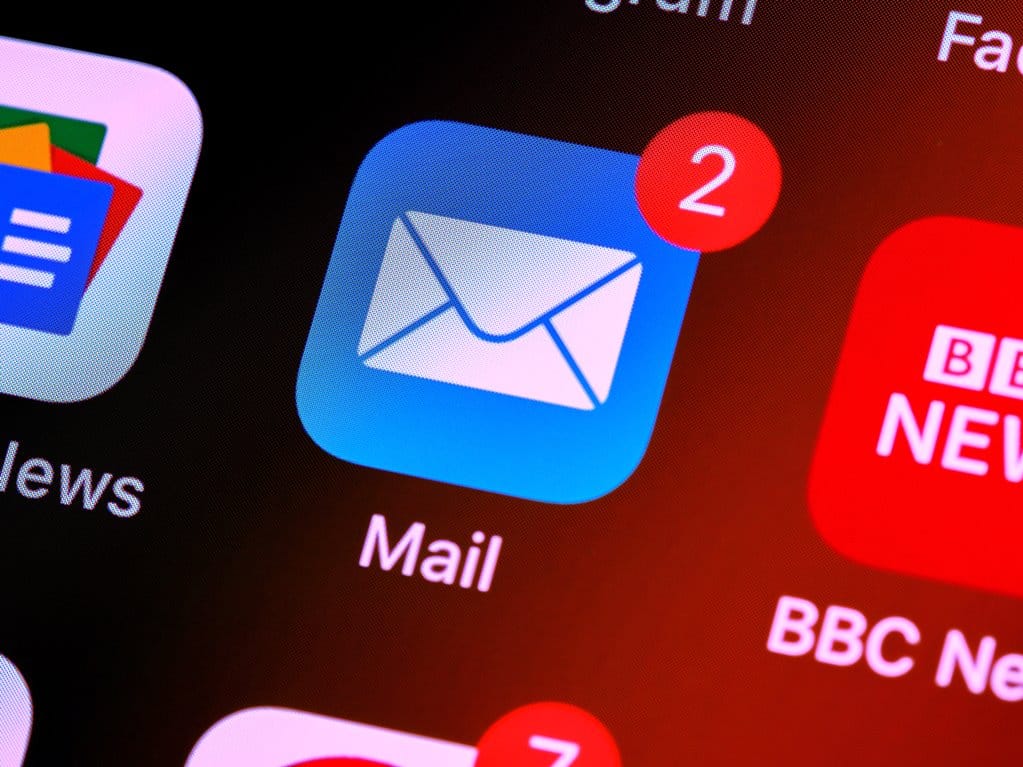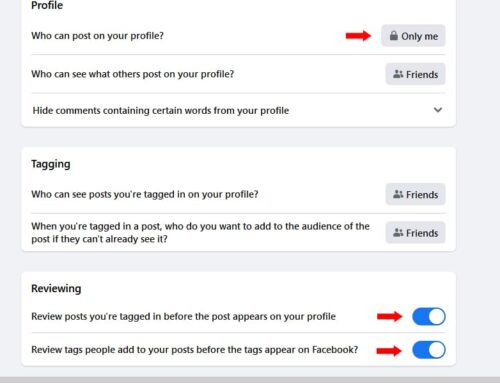
Love it or hate it, there’s no denying that emails are tightly intertwined with our daily lives. From sending text messages to sending important documents and files, emails play a significant role in today’s era of digital communication.
To make sure that your email is safe and secure from hackers, there are some practices that you should follow. Keep reading for five tips to prevent you from getting tricked by making your email experience a treat.
1. Avoid using public wifi.
Always avoid accessing your sensitive data on public wifi networks. You never know if it’s a genuine network from the cafe you’re working from or a malicious wifi network in disguise. Connecting to a fake network will give the hacker access to your device, and just like that, they’ll be able to extract your personal and sensitive information without your knowledge.
2. Always use strong passwords.
This one sounds too obvious and trivial to be even listed here but, surprisingly, many people fail this hurdle. Let’s face it, a password like yourname@123 is easier to remember than xpIbNmOxeY#$qD. But the latter is less likely to be compromised since the first one is easy to guess.
Try to create or generate passwords with long passphrases that are hard for the hackers to break down and decrypt. These tools also make sure to remember those ominously complex passwords. This will also make sure that it doesn’t get leaked in case of a brute force attack.
3. Be mindful of email attachments.
Emails come with the added convenience of being able to share attachments. But attachments also pose an equal amount of spookiness when it comes to email security. Attachments from wicked parties can contain malware or Trojan viruses. These can allow hackers to possess your system, give extensive access to extract sensitive information from your device, and more devious tricks.
Whenever you get an email with an attachment, it’s always prudent to verify the sender to ensure it’s from a trusted source. You can also gauge the authenticity of the attachment by checking the attachment file type. Avoid opening attachments that end with .exe because they initiate an installation process that can install dreadful applications on your system.
4. Make use of multi-factor authentication (MFA).
Multi-factor authentication is an effective security practice that validates the credibility of the person logging in. This is done by asking them to provide additional information, which is usually a code sent to their phone number or a biometric confirmation. Always enable MFA for your email accounts because it can be your wizard, reducing the number of account compromise attacks by 99.9%, so no one else can masquerade in your account.
5. Refrain from opening suspicious links.
Whenever you get a link from an unknown sender, you must resist the immediate urge to click on it. Before clicking on that link, you can hover over it to check the domain. If the domain name has misspellings or unusual letter and number combinations, the chances of it being malicious are high.
If you’re unsure whether the link is a security threat or not, you can always get in touch with your IT department to act as a genie and sort it out—it’s better than taking a chance and decapitating your email account.
The final word
Whether you believe in ghosts or not, you must believe in the very scary cyber attackers looking to break into your email account. These usually result in ghastly consequences for the unwary victim. Have a safe email experience with these email practices by locking your door and turning off the porch light to these savvy tricksters.
For all your Secure. Robust Easy Access Email Needs Talk to us
Call us: 0723 588705 / 0764 588705
Email: info@heartbitsolutions.com



Leave A Comment